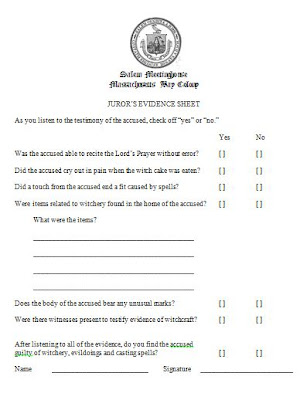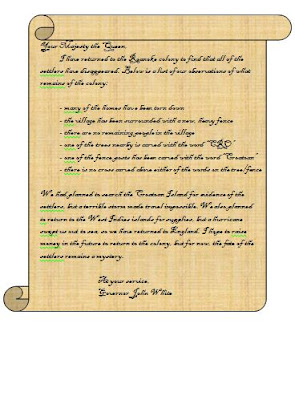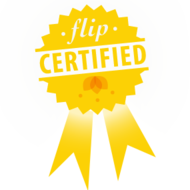First, we discussed the role of the electors as they were originally described. Because the American population at the time was often rural and far-flung and long distance communication was slow to say the least, campaigning was exceedingly difficult. Many Framers also didn't have much faith in the ability of the general populace to chose a worthy candidate for various reasons. To gather information about this particular era of the Electoral College, we watched videos and read from various sources, including The United States Constitution: A Round Table Comic by Nadja Baer. The graphic novel offers a clear, concise and visually-supported version of the events of the Constitutional Convention.
Later, we discussed the election of 1800 and how several key flaws were discovered in the electoral system. Finally, we compared the way the college functions today to the original design on a Venn diagram after watching the following video showing the official process.
To model the electoral process as it is conducted today, we created a mock election in which the entire middle school would participate. We created two mock candidates who represented Federalist and Democratic-Republican agendas. We chose these two political parties because of their significance during the period of history we were studying, but the lesson could easily be adapted to any two or more political parties.
Several of the classes in the middle school were not studying this subject, so our ballots clearly explained the platforms of each candidate. Each homeroom was allowed to vote for a candidate and in our simulation, each homeroom would count as a state with a different number of electoral votes based on population. Before handing out the ballots to each homeroom, we created a fact sheet (shown below) with the electoral votes for each homeroom and a map to color in red and blue as the votes are tallied. The map is intended to look like our middle school hallway and resemble the United States maps that are color-coded during election coverage
After the election, I showed a video of typical news coverage from YouTube of the 2008 election of Barack Obama and Mitt Romney. I showed and explained how the media outlets use a complex algorithm of votes counted, exit polls, historical context and other data to project a winner for each state. Sometimes the winners are called in short order while others may continue to be counted late into the evening or even the following weeks.
Similar to the news reporting on the election, teams of students were allowed to count the votes for each "state," then "call" a state for a particular candidate when the votes were tallied. As the states were called, we kept a school map, like the one shown above, of the hallway and shaded in the homerooms either red or blue depending on the victorious candidate. Finally, when the "magic number" of electoral votes had been assigned to a candidate, we called the election. Later on, each student acted as an elector for a particular state and signed off on a certificate like the ones shown in the electoral college video above.
After our rallies complete with "state" paddles and signing the certificates, I felt that students had a much deeper understanding of how the modern Electoral College system operates and how it has changed over time.
After the election, I showed a video of typical news coverage from YouTube of the 2008 election of Barack Obama and Mitt Romney. I showed and explained how the media outlets use a complex algorithm of votes counted, exit polls, historical context and other data to project a winner for each state. Sometimes the winners are called in short order while others may continue to be counted late into the evening or even the following weeks.
Similar to the news reporting on the election, teams of students were allowed to count the votes for each "state," then "call" a state for a particular candidate when the votes were tallied. As the states were called, we kept a school map, like the one shown above, of the hallway and shaded in the homerooms either red or blue depending on the victorious candidate. Finally, when the "magic number" of electoral votes had been assigned to a candidate, we called the election. Later on, each student acted as an elector for a particular state and signed off on a certificate like the ones shown in the electoral college video above.
After our rallies complete with "state" paddles and signing the certificates, I felt that students had a much deeper understanding of how the modern Electoral College system operates and how it has changed over time.


































